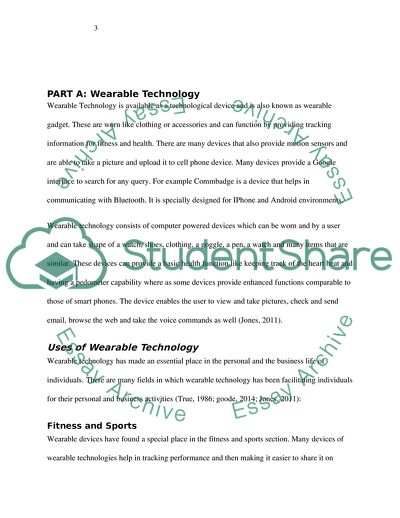Cite this document
(Wearable Technology & Plastic Fibers Essay Example | Topics and Well Written Essays - 4250 words - 1, n.d.)
Wearable Technology & Plastic Fibers Essay Example | Topics and Well Written Essays - 4250 words - 1. https://studentshare.org/engineering-and-construction/1857431-optical-systems
Wearable Technology & Plastic Fibers Essay Example | Topics and Well Written Essays - 4250 words - 1. https://studentshare.org/engineering-and-construction/1857431-optical-systems
(Wearable Technology & Plastic Fibers Essay Example | Topics and Well Written Essays - 4250 Words - 1)
Wearable Technology & Plastic Fibers Essay Example | Topics and Well Written Essays - 4250 Words - 1. https://studentshare.org/engineering-and-construction/1857431-optical-systems.
Wearable Technology & Plastic Fibers Essay Example | Topics and Well Written Essays - 4250 Words - 1. https://studentshare.org/engineering-and-construction/1857431-optical-systems.
“Wearable Technology & Plastic Fibers Essay Example | Topics and Well Written Essays - 4250 Words - 1”. https://studentshare.org/engineering-and-construction/1857431-optical-systems.


